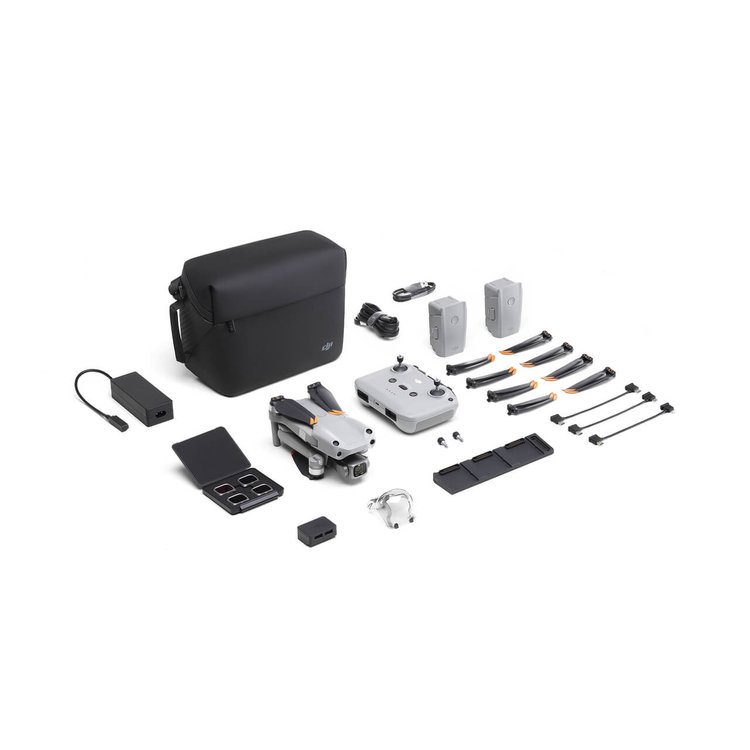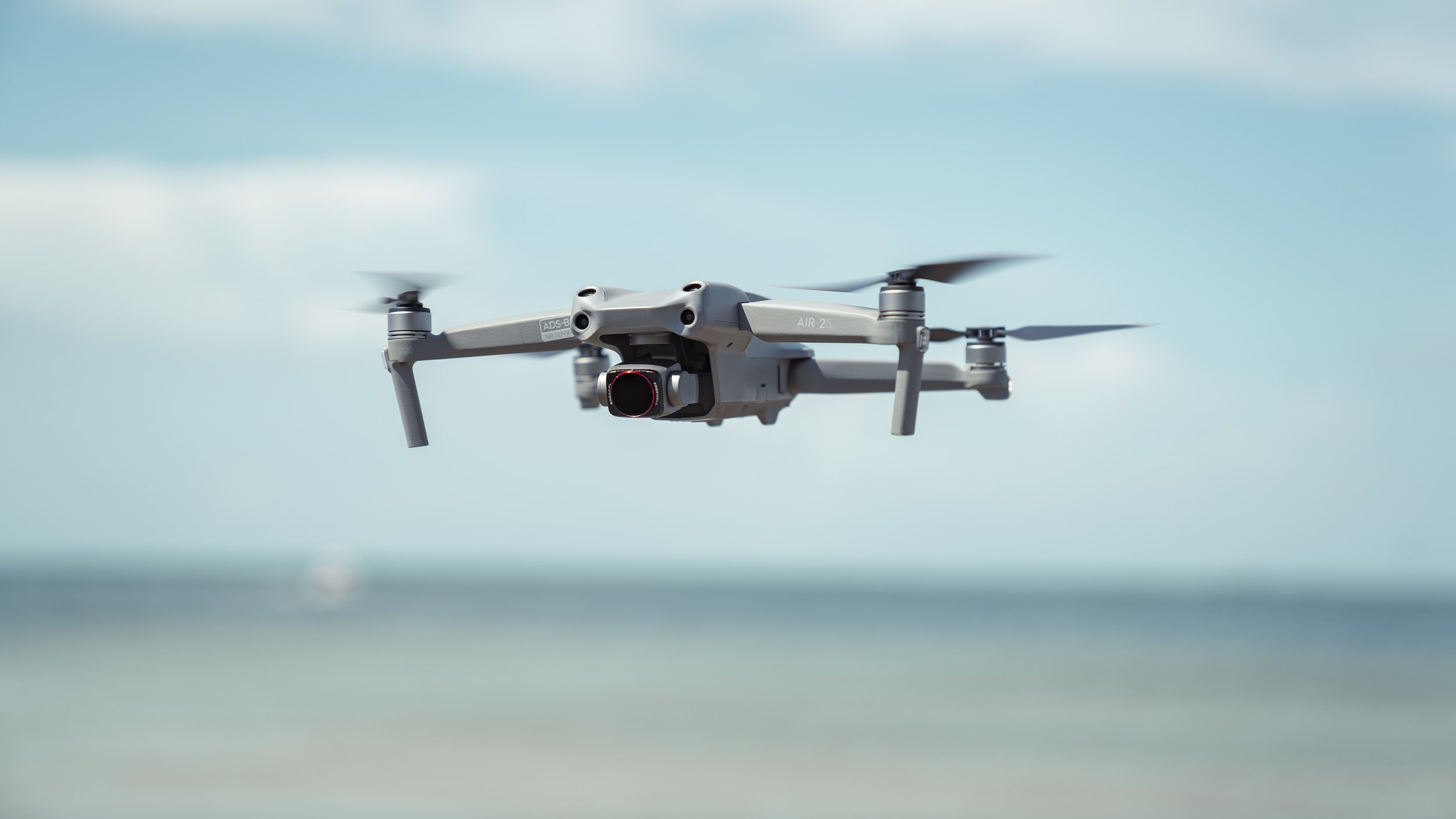Released in spring 2021, the DJI Air 2S boasts a lot of features and upgrades compared to other DJI drones. But is it great for solar surveying use cases?
In this review, Scanifly drone experts reviewed the DJI Air 2S to see how it could stand up to the rigors of solar surveying including camera quality, flight capabilities, and handling.
Here’s the review with Scanifly’s final verdict at the end.
Key Facts
Price: $999 (Drone only), $1,299 (with Fly More combo), or $1,749 (With Fly More + Smart Controller)
Weight: 595 grams.
Camera: 20 megapixels.
Estimated battery life: 31-34 minutes of flying.
Where to buy: The DJI online store.
Notable Positives
There’s a lot to like about the DJI Air 2S. Here’s what stood out from a solar surveying perspective.
Camera quality: The Air 2S has one of the highest quality cameras in the DJI family, with 20 megapixels to offer. While it doesn’t have the highest megapixel count (the Mavic Air 2 boasts 48 megapixels), the photos with the DJI Air 2S are very crisp. This crispness is likely owing to the 1 inch camera sensor (compared to the ½ inch on the Mavic Air 2). This is huge for solar use cases where little details can change a whole project.

Photo courtesy of DJI
Good software for solar use cases: The Fly More combo ($1,299) is all you need for solar surveying. All of the items included are identical to other DJI Fly More combos, but the design of the Air 2S makes the whole package sleek and clean.
Controller: The Air 2S controller is intuitive for solar use cases because it puts the phone at the top and gives you a solid base to hold onto. Previous drone controllers held the smartphone on the bottom and required you to take the phone’s case off to use it, which meant more risk of damage.
Packaging: The Air 2S packaging has a lot of protective features to ensure that no pieces are damaged in transit. A lot of this ends up in the garbage, unfortunately, but there’s peace of mind knowing it will arrive completely intact.
Overall size and capability: At 595 grams, it’s slightly heavier than the Mavic Air 2 (570 g) and more than twice as heavy as the Mavic Mini (<249 g). However, the Air 2S feels compact in your hands (in a good way), which is helpful for solar surveying because people seem to be less worried about small drones versus larger drones. It’s also quieter than other DJI drones, which can be helpful in residential communities.
Concerns and Negatives
While the drone is powerful, it’s not perfect.
Limited third-party app opportunities: Users are required to use the DJI Fly app to navigate the drone. While there is a third-party SDK, the app selection is very small so most users will default to DJI Fly since it has a good base feature set. This isn’t a huge issue but is a nuisance for niche use cases like solar because you can’t customize everything to your needs with additional apps.
Limited ability to do grid flights: Within the DJI Fly app, there is no preset for a grid pattern flight. You can overcome this by manually flying in a grid pattern or using some third-party apps available via SDK, but it would have been nice to have the automatic option.
Limited features for Point of interest (POI) flights: Thankfully you can do a POI with the DJI Fly app. However, within the app you can’t use the automatic photo timer feature on a POI flight, meaning you need to take pictures manually. Again, this is not the worst, but it’s an irritation for solar surveyors.
The Verdict
Beyond the frustration around the DJI Fly app and third-party SDKs, this is a great drone. It’s also possible that as more features are added to the DJI Fly app or additional third-party apps are allowed via SDK, there will be even more functionality in the future.
Despite these shortcomings, Scanifly recommends this drone for solar use cases because of the POI functionality and price point for the Fly More combo ($1,299 for the DJI Air 2S compared to almost $3,000 per year for the Skydio 2 with enterprise software add-on).
If you don’t want to get the Fly More combo, you can even get by with the $999 option. You’ll still get POI flights with a great camera sensor, making for a solid solar drone.






